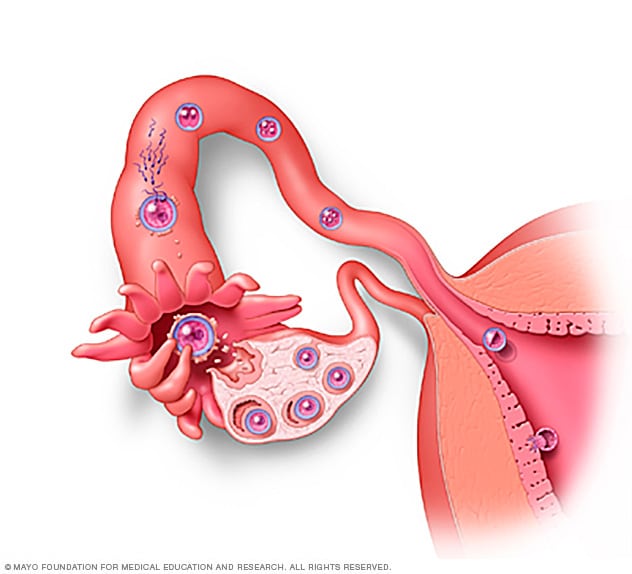
Egg Implantation in Pregnancy: A Comprehensive Guide
Introduction
Egg implantation is a crucial stage in the human reproductive process, marking the beginning of pregnancy. It occurs when a fertilized egg, known as a blastocyst, attaches to the lining of the uterus, known as the endometrium. This complex process involves a series of intricate interactions between the blastocyst and the uterine environment, ensuring the establishment and maintenance of a healthy pregnancy.
Phases of Egg Implantation
Egg implantation can be divided into three distinct phases:
1. Apposition:
- The blastocyst, which has developed from the fertilized egg, enters the uterine cavity through the fallopian tube.
- It makes initial contact with the endometrial lining, a process mediated by specialized proteins and adhesion molecules.
2. Adhesion:
- The blastocyst adheres firmly to the endometrium through the formation of specialized cell junctions.
- This adhesion is essential for the blastocyst to remain in place and receive nutrients from the uterine lining.
3. Invasion:
- The blastocyst begins to invade the endometrium, secreting enzymes that break down the uterine tissue.
- This invasion allows the blastocyst to embed itself into the uterine lining, forming a connection with the maternal blood supply.
Hormonal Regulation of Implantation
Hormones play a critical role in regulating egg implantation. The following hormones are involved:
- Estrogen: Promotes endometrial growth and receptivity.
- Progesterone: Maintains the uterine lining and prepares it for implantation.
- Human chorionic gonadotropin (hCG): Produced by the developing embryo, hCG stimulates the corpus luteum to continue producing progesterone.
Factors Affecting Implantation
Several factors can influence the success of egg implantation, including:
- Endometrial receptivity: The endometrium must be receptive to the blastocyst at the time of implantation.
- Blastocyst quality: A healthy and viable blastocyst is more likely to implant successfully.
- Age: Advanced maternal age can decrease endometrial receptivity and affect implantation rates.
- Uterine abnormalities: Conditions such as fibroids or polyps can interfere with implantation.
- Lifestyle factors: Smoking, alcohol consumption, and obesity can negatively impact implantation.
Complications of Implantation
In some cases, egg implantation can result in complications, such as:
- Ectopic pregnancy: The blastocyst implants outside the uterus, typically in the fallopian tube.
- Missed miscarriage: The blastocyst implants but fails to develop properly.
- Placental abruption: The placenta separates from the uterine wall before delivery.
Diagnosis and Treatment of Implantation Problems
If implantation problems are suspected, a doctor may recommend the following tests:
- Ultrasound: To visualize the uterus and determine the location of the blastocyst.
- Blood tests: To measure hormone levels and assess endometrial receptivity.
- Hysteroscopy: A procedure to examine the inside of the uterus.
Treatment options for implantation problems may include:
- Medication: To improve endometrial receptivity or support the developing embryo.
- Surgery: To correct uterine abnormalities or remove ectopic pregnancies.
- Assisted reproductive technologies (ART): Such as in vitro fertilization (IVF) or intrauterine insemination (IUI), to facilitate implantation.
Conclusion
Egg implantation is a critical and complex process that marks the beginning of pregnancy. Understanding the phases, hormonal regulation, and factors affecting implantation is essential for ensuring a successful pregnancy. If implantation problems are suspected, it is important to seek medical attention promptly to diagnose and treat any underlying issues. By addressing implantation challenges, we can improve pregnancy outcomes and promote the health of both the mother and the developing fetus.